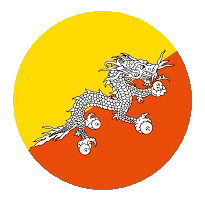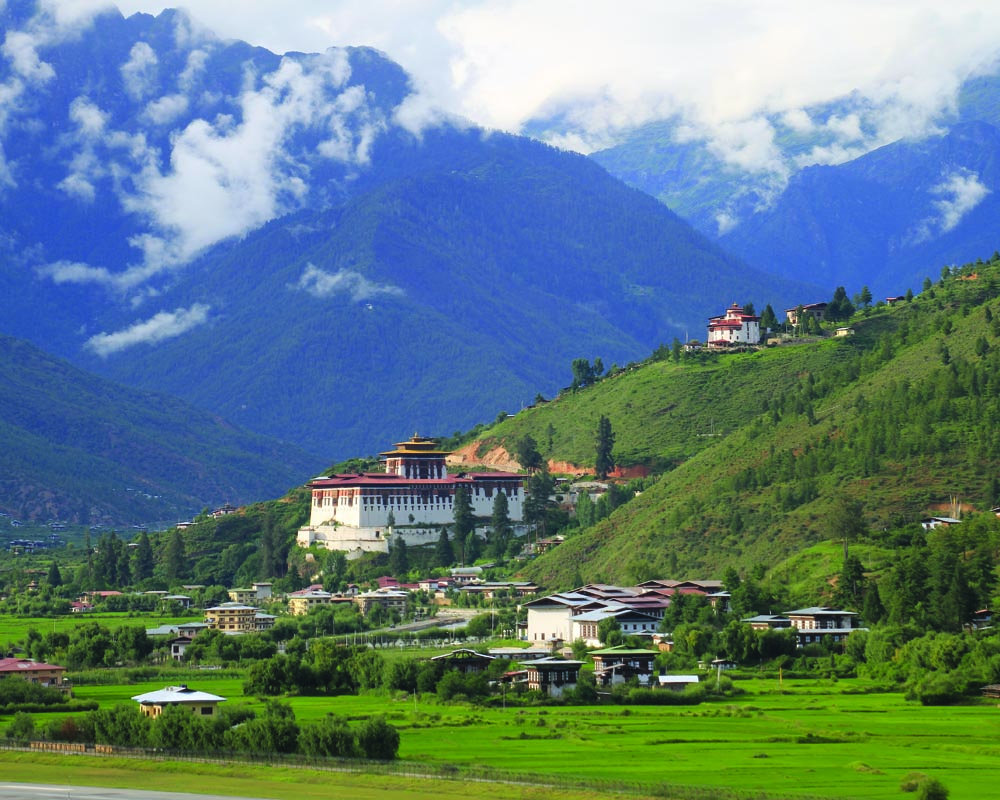Rinpung Dzong, also known as Rinpung Phodrang (meaning "Fortress of the Heap of Jewels"), is a striking and historic fortress-monastery located in Paro, Bhutan. Built in 1646 by Zhabdrung Ngawang Namgyal, the dzong has stood as a symbol of strength and spirituality in Bhutanese culture. Positioned on the banks of the Paro Chhu River, it serves as both an administrative center and a place of worship. The dzong is renowned for its impressive architecture, with towering whitewashed walls, intricate woodwork, and stunning frescoes adorning its temples.
Rinpung Dzong plays a crucial role in Bhutan’s religious and cultural heritage. It is the seat of the District Administration of Paro and also houses the monastic community of the region. The dzong is famous for its beautiful Paro Tsechu, an annual festival held in spring, where monks and lay people gather to perform vibrant dances, including the famous mask dances.
The dzong’s name, “Heap of Jewels,” reflects its rich history and the spiritual treasures housed within. Among its sacred relics are statues, scriptures, and a large collection of ancient Bhutanese art. The dzong also has a long-standing association with the Zhabdrung Ngawang Namgyal, whose body is said to be preserved here in a special chapel.
Visitor Information
- Location: Situated in Paro, approximately 10-15 minutes from Paro town.
- Best Time to Visit: Spring (March to May), during the Paro Tsechu festival, is the best time to visit the dzong for a cultural experience.
- Entry Fee: There is a nominal entry fee for tourists.
- Dress Code: Modest attire is required when visiting. Visitors must remove their shoes before entering the inner sanctum and temple areas.
- Photography: Photography is allowed in certain areas of the dzong, but it is prohibited in the temple rooms. Always check for specific restrictions.


